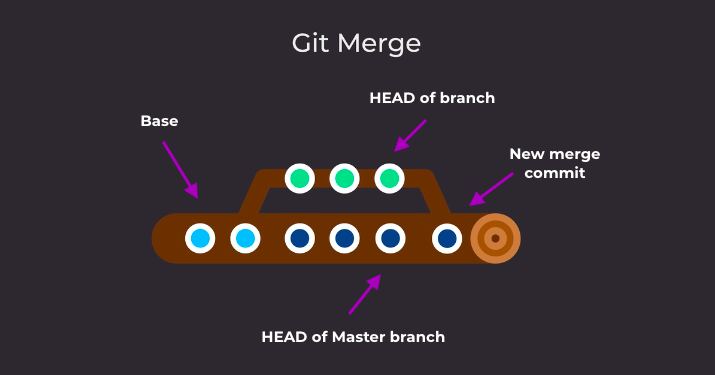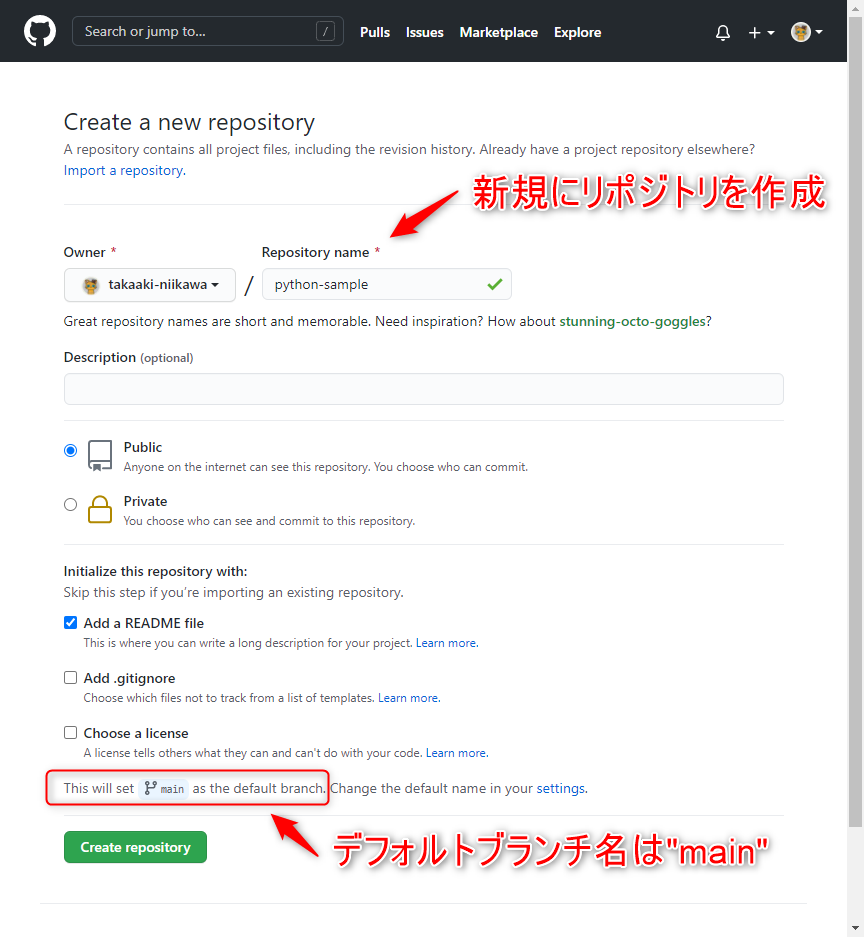

To save changes committed in a detached HEAD state, you first need to create a new branch.Ĭontinuing from the scenario described above, you create a new branch called temp-branch. If you want to keep the changes you made while in the detached HEAD state, you can solve this problem with three simple steps: creating a new branch, committing the changes, and merging the changes. It just means you are not currently attached to any branch, and as a result, your HEAD is detached. But what if you are in the detached HEAD state by mistake then perform commits over commits? If you are committing in the detached HEAD state, does that mean your changes are not saved? If you find yourself a detached HEAD state and realize it quickly, you can quickly recover by checking out the previous branch.

For example, checking out to a specific tag name or adding ^0 on any given branch causes the detached HEAD state. Some other scenarios can cause a detached HEAD as well. If you check out to the origin (main) branch, which is read-only, you will be in the detached HEAD state. Another situation that causes a detached HEAD is checking out the remote branch. We already demonstrated that if you check out the SHA-1 commit hash, you will be in the detached HEAD state.


However, in a detached HEAD state, the HEAD does not point to any branch, but a specific commit or the remote repository.īelow is a diagram of the Git HEAD in a normal state, pointing to the latest commit in the main branch. In Git, HEAD refers to the currently checked-out branch’s latest commit.
MAIN VS MASTER GIT HOW TO
Then, we will demonstrate how to save or discard changes in a detached head so you can quickly recover from the situation. In this article, we will explore what the Git detached HEAD state is and some situations that cause it. Complex commands and a less intuitive user interface can sometimes lead to unwanted states, including a state called detached HEAD. However, learning Git is more complicated than learning SVN or CVS. It is fast, scalable, and has more commands and flexibility than older version control tools like Apache Subversion (SVN) and Concurrent Versions System (CVS).
MAIN VS MASTER GIT CODE
It makes collaboration easier by allowing branching to keep code for different features separate and seamlessly merging commits by various people. Git allows developers to maintain a history of changes, or commits, to their code and revert to previous commits in seconds if something goes wrong.
MAIN VS MASTER GIT SOFTWARE
The introduction of Git as a source-code management system in 2005 fundamentally transformed the process of software development.


 0 kommentar(er)
0 kommentar(er)
